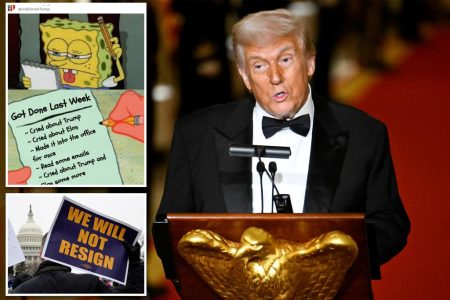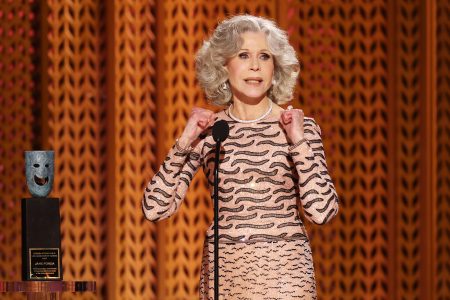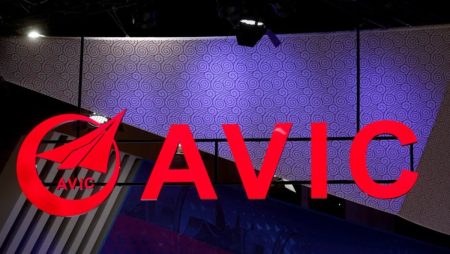The traditionally cordial relationship between the United States and Canada experienced a palpable chill in early 2025, as a wave of anti-American sentiment swept across the Great White North, manifesting itself in a surprising arena: professional sports. The catalyst for this unprecedented display of public disapproval was the implementation of aggressive trade tariffs by the US administration, spearheaded by then-President Donald Trump. The tariffs, targeting Canadian exports and coupled with provocative rhetoric about potential US annexation of Canada, ignited a firestorm of resentment among Canadians, who responded with a resounding chorus of boos directed at the US national anthem during sporting events across the country.
The first notable instance of this protest occurred at a Toronto Raptors basketball game. As a young singer began performing “The Star-Spangled Banner,” the initial polite applause quickly morphed into a cascade of boos, reverberating throughout the arena. This act of defiance, though unusual for typically reserved Canadian crowds, underscored the depth of frustration and anger towards the perceived economic attack on their nation. The stark contrast between the reception of the US anthem and the subsequent enthusiastic rendition of “O Canada,” punctuated by roars of approval during verses emphasizing freedom and national pride, further highlighted the burgeoning nationalistic sentiment.
The Raptors game was not an isolated incident. The discontent spilled over into other sporting venues, notably National Hockey League arenas. Fans at Ottawa Senators and Calgary Flames games echoed the sentiment expressed in Toronto, booing the US anthem as a symbol of their opposition to the Trump administration’s policies. This widespread expression of anger reflected the collective unease and anxiety triggered by the tariffs, which were viewed as a direct threat to the Canadian economy, particularly its energy sector. The tariffs, targeting vital exports like oil and natural gas, were perceived as an aggressive move that could destabilize the Canadian economy and jeopardize the livelihoods of countless citizens.
The Canadian government, led by Prime Minister Justin Trudeau, responded swiftly to the US tariffs by imposing retaliatory measures on American goods. This economic tit-for-tat further fueled the growing animosity between the two nations. Provincial leaders also joined the fray, taking symbolic actions such as halting the sale of American liquor. These measures, although largely symbolic, demonstrated a unified front against what was perceived as an unwarranted economic aggression by the US. The public outcry against the tariffs transcended political affiliations, uniting Canadians in a shared sense of indignation and resolve to defend their economic interests.
The booing of the US national anthem at sporting events became a potent symbol of this national unity. It served as a collective voice, expressing the deep-seated frustration and resentment towards the US government’s actions. While such public displays of dissent are relatively uncommon in Canada, they underscored the intensity of public feeling on the tariff issue. This was not simply a political or economic disagreement; it was a visceral reaction to what Canadians perceived as an attack on their national identity and sovereignty. The suggestion by President Trump of Canada becoming the “51st state” further inflamed these sentiments, adding insult to injury.
The protests resonated with historical precedent. Canadians had previously used similar forms of protest during the US-led war in Iraq in the early 2000s. However, the scale and intensity of the anti-US sentiment related to the trade tariffs marked a distinct shift in the typically amicable relationship between the two countries. The widespread booing of the US anthem signified a profound rupture in the cross-border camaraderie, exposing a deep well of resentment and distrust towards the US administration. The sporting arena, usually a space for friendly competition and shared enthusiasm, became a stage for expressing this simmering discontent, transforming cheers into jeers and highlighting the significant strain on the Canada-US relationship.










